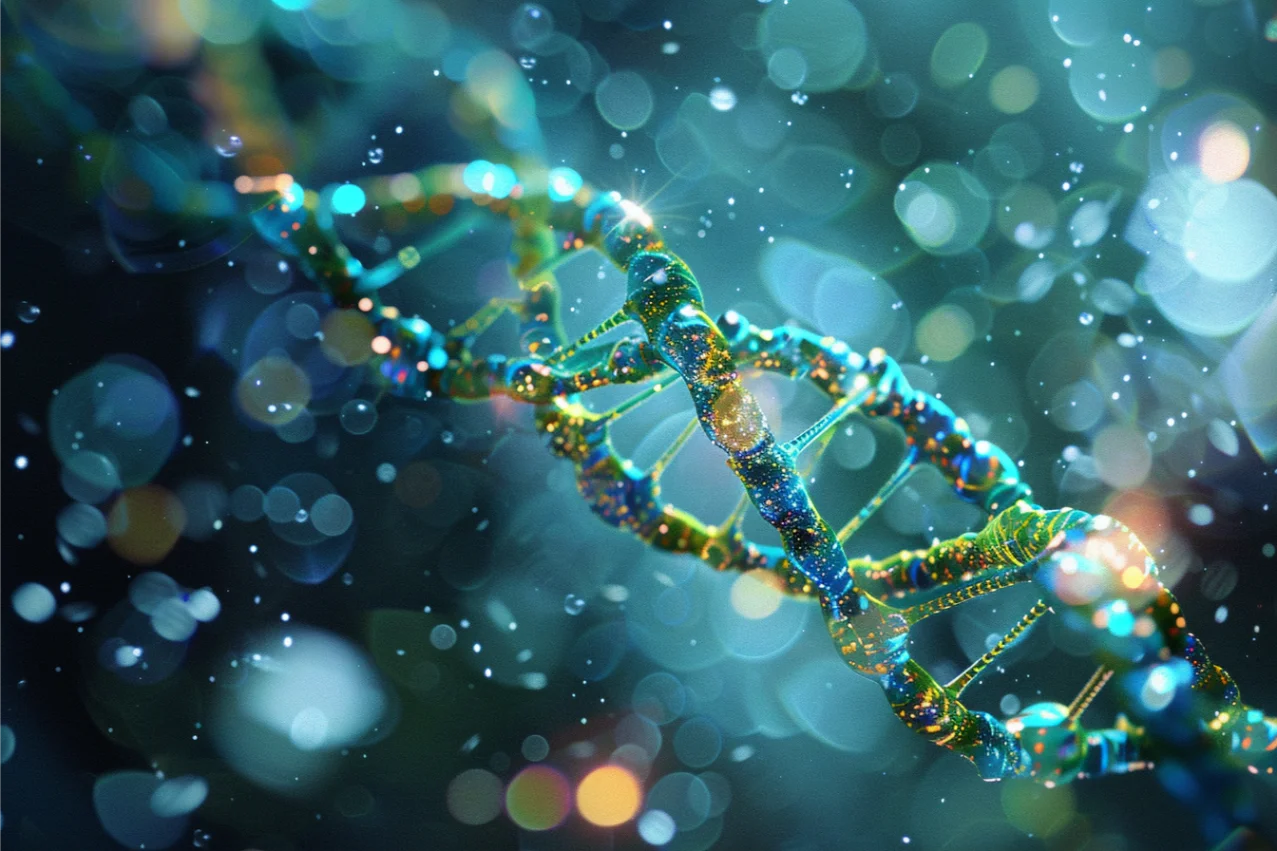The pictures we use in our articles might not show exactly what the words say. We choose these pictures to make you interested in reading more. The pictures work together with the words but don’t take their place. The words still tell you the important facts.
DNA, short for deoxyribonucleic acid, holds the key to understanding heredity and the biological makeup of all living organisms, including humans. This remarkable molecule is not only essential for life but also harbors intriguing secrets waiting to be uncovered. From unraveling the mysteries of genetic inheritance to revolutionizing medical treatments, the study of DNA has vast implications across various fields. Let's delve into the world of DNA and explore some captivating facts that shed light on its complexity and significance.
The Wonders of DNA: Exploring Essential Facts
Unlocking the Code of Life: The Structure of DNA
- The building blocks of DNA, known as nucleotides, are composed of nitrogenous bases, sugar molecules (ribose or deoxyribose), and phosphate groups.
- DNA consists of four nitrogenous bases: adenine (A), thymine (T), guanine (G), and cytosine (C), which form complementary base pairs in the double helix structure.
- The double helix structure of DNA is made up of two intertwined strands of nucleotides, with sugar-phosphate backbones and nitrogenous bases forming the rungs of the ladder.
- Human DNA, which is approximately 3 meters in length, is tightly coiled into structures called chromosomes to fit inside cells.
- The human genome contains 3 billion base pairs of DNA, with only about 3% of the total DNA encoding genes responsible for protein synthesis.
Unraveling the Genetic Code: Insights into DNA Function
- DNA replication is a semiconservative process, where each original DNA strand serves as a template for the synthesis of a new complementary strand.
- The unique sequence of nucleotides in DNA determines an individual's genetic identity and carries instructions for cellular functions, heredity, and metabolism.
- DNA molecules play a crucial role in regulating gene expression, protein synthesis, and inheritance of traits across generations.
- Approximately 8% of the human genome consists of "junk DNA," including remnants of viral DNA that have integrated into the genome over evolutionary history.
- A single gram of DNA has the capacity to store up to 700 terabytes of digital data, making it a potential super-efficient data storage medium.
Delving Deeper into DNA: Intriguing and Thought-Provoking Facts
From Scientific Discoveries to Ethical Dilemmas: The Impact of DNA Knowledge
- Oswald Avery's groundbreaking discovery of DNA as the carrier of genetic information laid the foundation for modern genetics and molecular biology.
- The ability to manipulate DNA through genetic engineering raises ethical concerns, such as the prospect of creating "designer babies" with customized traits.
- Identical twins share the same genetic code but can exhibit variations in gene expression due to environmental influences and epigenetic factors.
- DNA testing, which was first used in criminal cases in 1985, has revolutionized forensic investigations and led to the exoneration of wrongfully convicted individuals.
Unraveling the Mysteries of DNA: From Genomic Sequencing to Cloning
- The completion of the human genome sequence in 2003 marked a significant milestone in genetics and provided valuable insights into human biology and disease.
- Despite advances in DNA technology, forensic DNA analysis is not without limitations, as sample degradation and interpretation errors can impact accuracy.
- Genetic material has been used in diverse applications, including the production of genetically modified organisms and the inscription of messages in bacterial genomes.
- The cloning of animals, such as Dolly the sheep, and ongoing efforts to revive extinct species like the woolly mammoth highlight the transformative potential of DNA technology.
Nature’s Genetic Wonders: From Octopuses to Cheetahs
- The octopus possesses the unique ability to naturally edit its own genes, a phenomenon that has inspired genetic research to develop gene-editing technologies.
- Cheetahs exhibit minimal genetic diversity due to a historical population bottleneck, leading to challenges in reproduction and conservation efforts.
- Intriguing genetic similarities across diverse species, from humans to bananas, underscore the fundamental genetic code shared among all living organisms.
Embracing the Marvels of DNA: Appreciating the Complexity and Diversity of Life
DNA, often described as the "blueprint of life," encapsulates the genetic information that defines our identities and shapes the diversity of living organisms. From the intricate structure of the double helix to the ethical implications of genetic manipulation, DNA offers a wealth of knowledge and opportunities for scientific exploration and innovation. By unraveling the mysteries of DNA and understanding its role in heredity, evolution, and disease, we can unlock the potential for groundbreaking discoveries and advancements in various fields. Let's continue to marvel at the wonders of DNA and embrace the transformative power of genetic knowledge in shaping our world.

